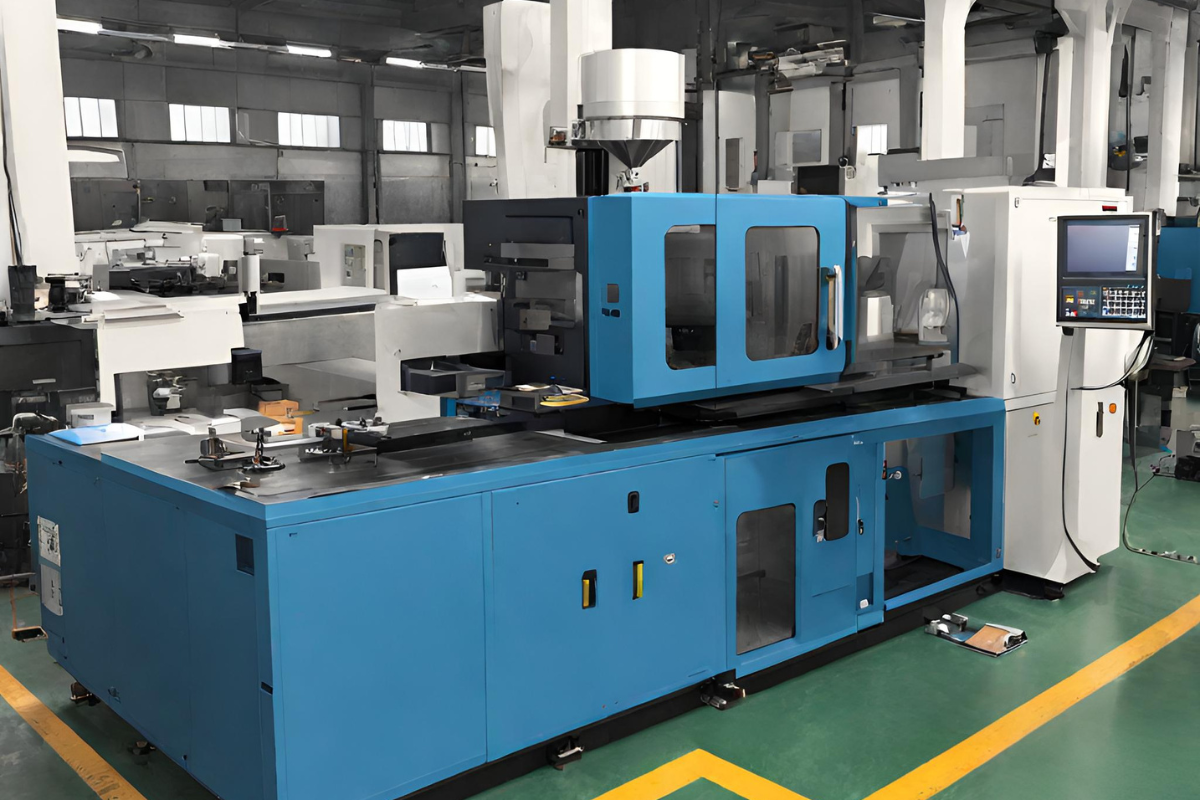With advances in technology around additive manufacturing (aka 3D printing or rapid prototyping), there’s been a large increase in that approach when it comes to prototyping unique parts in the industry. Prices for 3D printers are no longer restrictive. My 3 brothers all have them at home now. Once my kids get older I guarantee I’ll have one also.
However, even though it’s easy for anyone to print a part, speed and durability are still limiting factors with additive manufacturing. Injection molding, rotomolding, & compression molding are still very relevant techniques when it comes to mass producing plastic parts. For metal parts, there are several methods for casting and forging that are still necessary & effective for taking a design from CAD to reality.
The common thread between mass production of most plastic or metal formed parts is a mold or die. These often require just as much ingenuity as the product designs themselves. Mold/die CAD design, CFD (computational fluid dynamics) analysis, and lots of experience all play a part in getting it right the first time. Molds & dies are often fairly expensive and have long lead times, so it’s critical to avoid mistakes.
All that said, when it comes to the development process for molds & dies, it often falls on the shoulders of Manufacturing Engineering teams versus Design Engineering teams. Although CAD is pretty much a necessity, manufacturing teams often lack the best tools for managing the data from start to finish. Things like revision control, bill of materials, component relationships, and lifecycle schemes are just as important with tooling as they are with the actual products.
A great solution to the above issues is Fusion Manage. Fusion Manage is a PLM (Product Lifecycle Management) system that is cloud based, easy to deploy, and customizable to fit any company’s needs.
There’s a huge number of out of the box, mature workflows to help not only Design, Quality, and Supply Chain groups, but there are also many workflows catered to Manufacturing teams. Here are some available workflows that can be used in manufacturing and mold/die design:
- Manufacturing Asset Management
- Ideas Management
- Implementation Tracker
- FMEA (Failure Mode & Effect Analysis)
- Equipment Calibration
- Change Management
- Design Reviews
- CE Marking
- Accident Reports
- Lean 5S Auditing
- Training Management
Another benefit of Fusion Manage is its reach within a company. Literally anyone and everyone can benefit from it. It’s a one stop shop for the latest information related to a company’s products, processes, and people. In addition to that, it has advanced API capabilities and can integrate with just about any other application company wide, such as MES, MRP, & ERP systems. If you are looking to improve efficiency, communication, and track important data better, Fusion Manage can help. If you are looking to automate tasks, reduce printing and paper travelers, and manage changes whether they are design or process related, Fusion Manage is the right tool.

